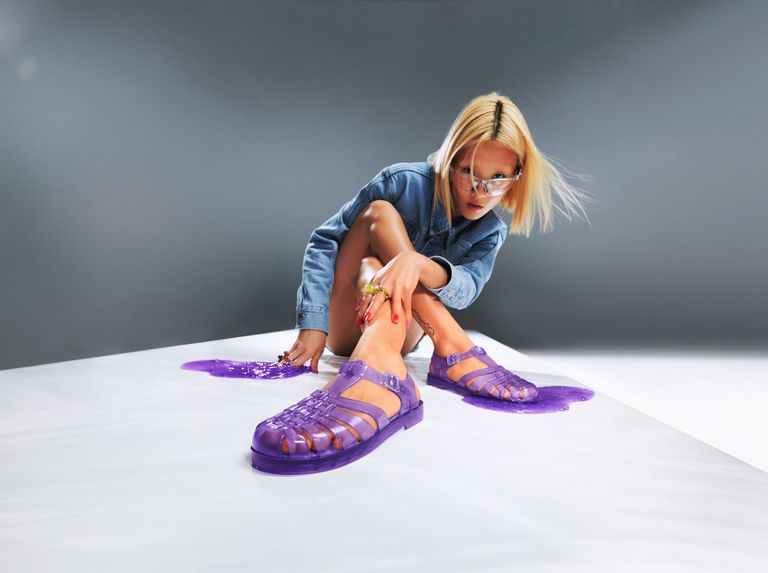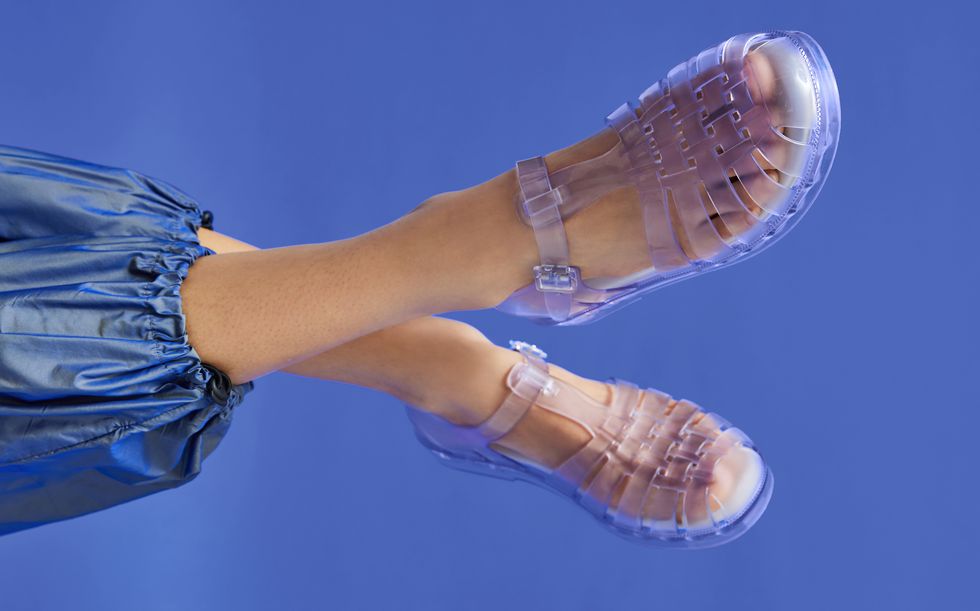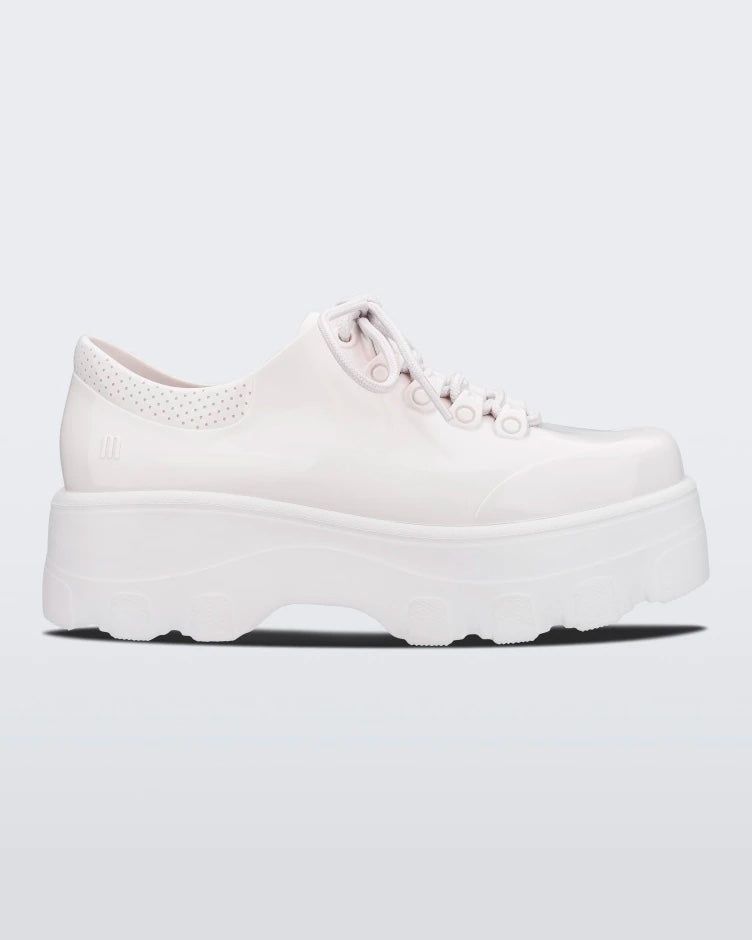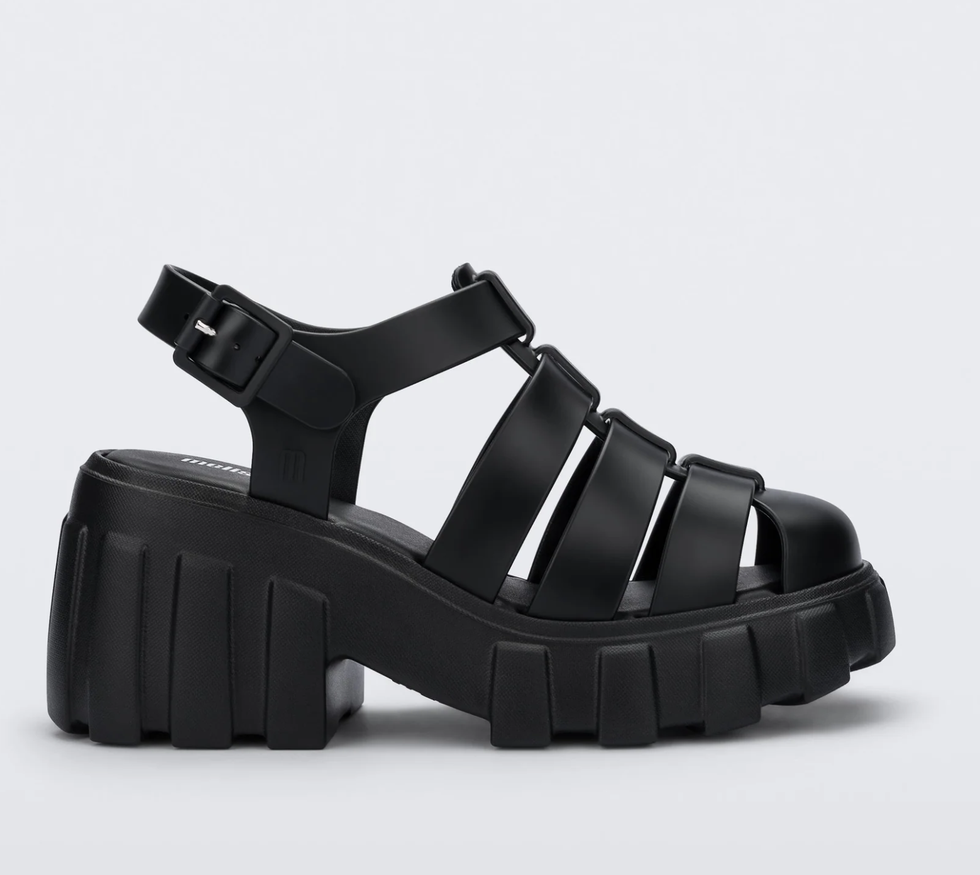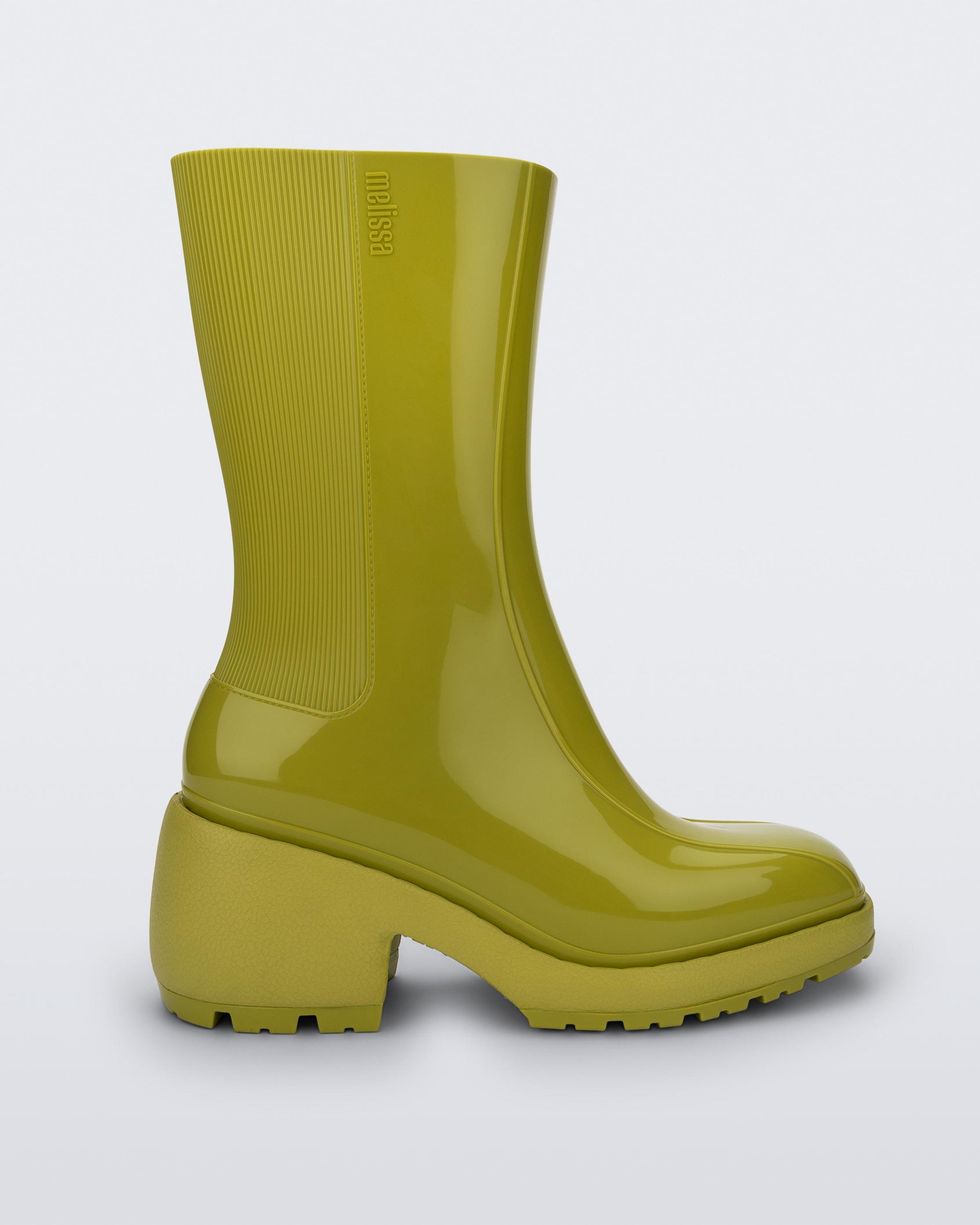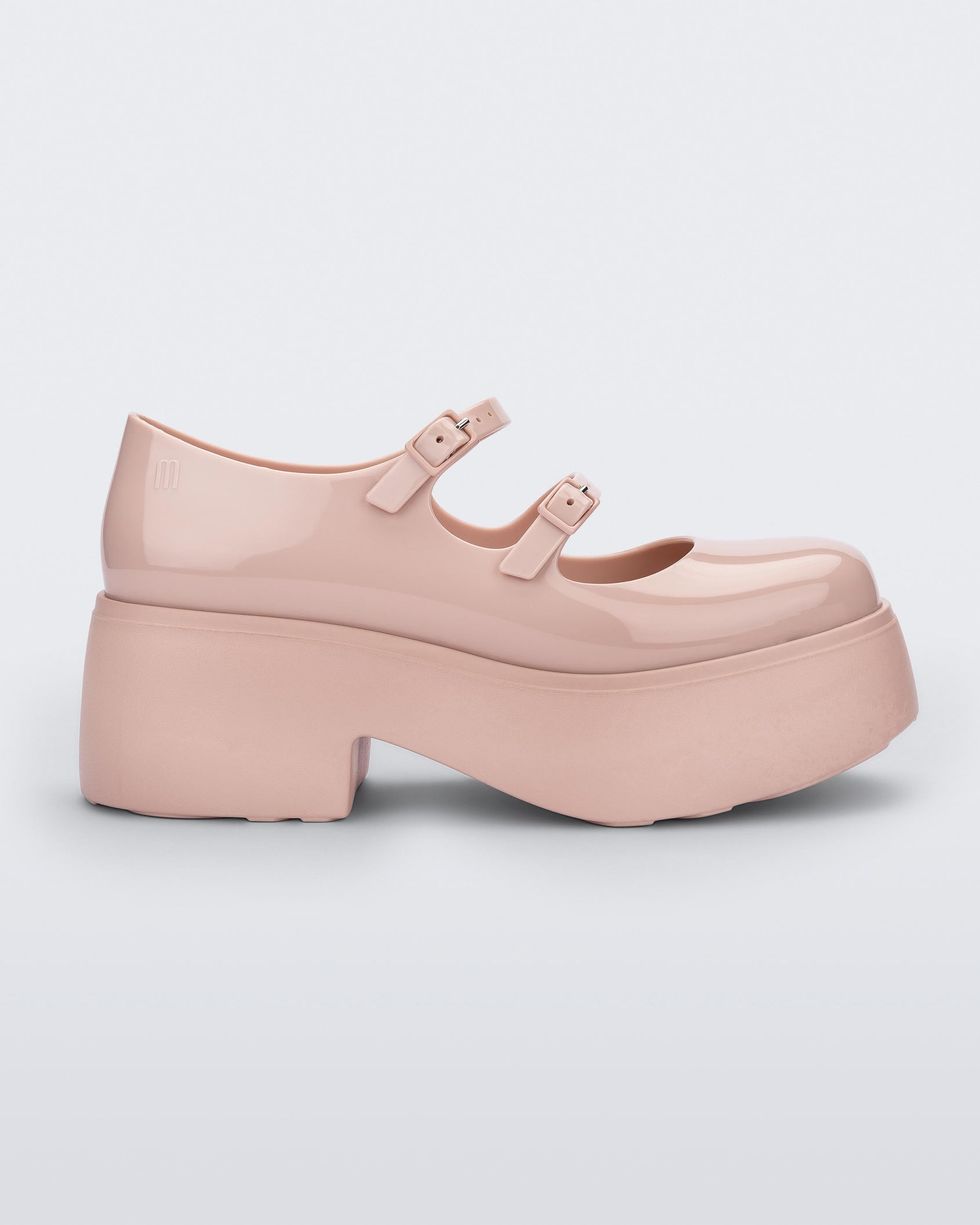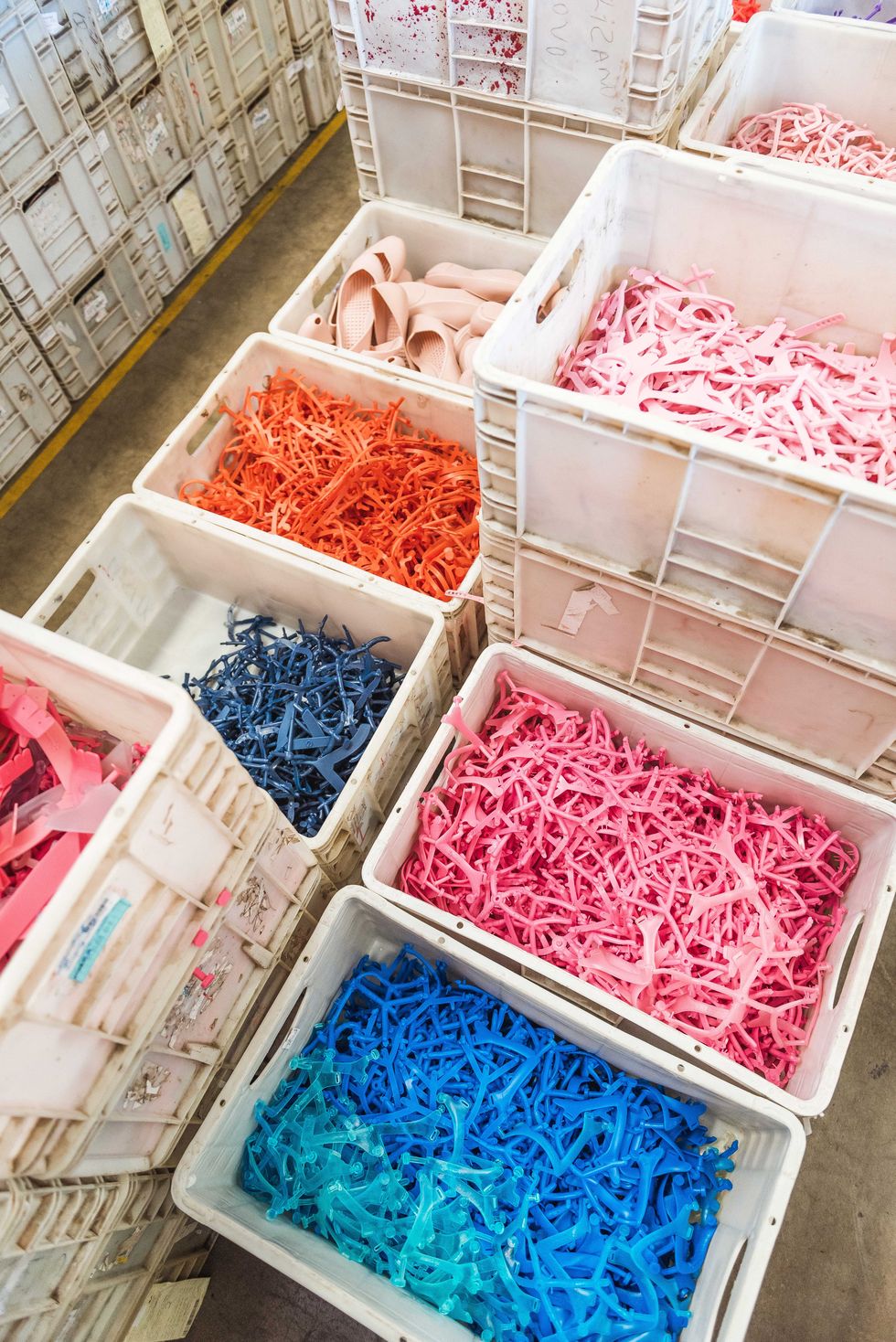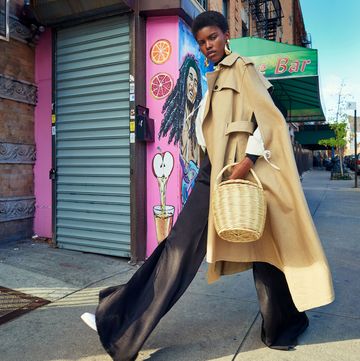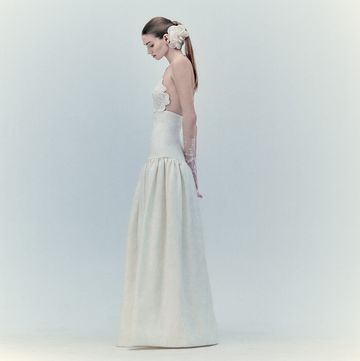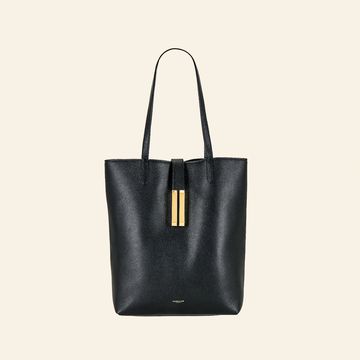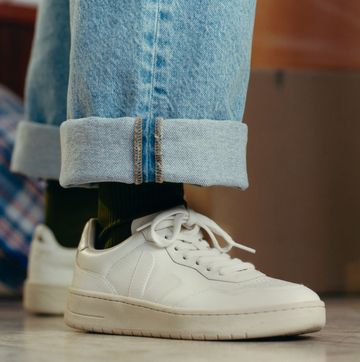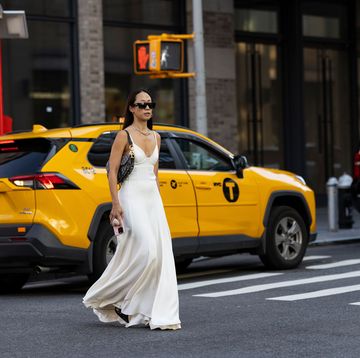Whatever you think you know about plastic, unthink it. Because if shoe brand Melissa is any indication, plastic might not be the environmental enemy we think it is.
There’s a lot of talk about the fashion industry’s environmental impact and which of its practices are the most damaging amid the climate crisis. Optimists daydream about ways things could be better and how brands could right wrongs if only…X, Y, or Z. I don’t have to imagine, though, because such a utopian company does exist; I’ve seen it.
For the unfamiliar, Melissa is known as the creator of the original jelly sandal—yes, those fisherman-inspired jellies that ruled the 1990s. But what you haven’t heard about the brand until now is that it’s raising the bar for sustainable production of ethical fashion.
Not only does Melissa tout 100 percent recyclable products made in a zero-waste facility with renewable energy and an entirely closed circuit of production—it does all that while holding the title as one of the largest footwear producers in the world. For those keeping count, Melissa cranked out more than 32 million pairs of shoes in the last 10 years. Being waste-free at that size? It’s a big deal on an entirely new scale.
According to the Footwear Distributors and Retailers of America, the footwear business was slated to reach a record-breaking $103 billion last year in the United States alone. (That breaks down to roughly seven new pairs of shoes bought by every American.)
Approximately 20 billion pairs of shoes are produced annually, while about 300 million pairs are thrown away, per a Quantis study. The report estimates that the footwear and apparel industries produce a combined 8 percent of the world’s greenhouse gas emissions. Although footwear contributes considerably less than the behemoth clothing sector, that’s still a hefty fraction for fashion. More than half of footwear’s emissions come from manufacturing and the extraction of raw materials, as mentioned in the report. In plain terms, how shoes are made is a big part of the problem, and American consumers are generally—and increasingly—environmental shoppers. Data that shows Gen Z cares about conscious consumption.
While consumers do tend to shoulder the burden of ending fast fashion, in a dissection of the topic, The Guardian stated, “Designers are central to solving this problem.” Indeed, this is a nice role reversal for once.
“The initial conceptual stages of design have been shown to account for up to three-quarters of the environmental impact of the final products. As well as technical innovation, they also need to make eco-friendly shoes look good and appeal to customers,” expert Leila Sheldrick told the British outlet.
Quantis researchers identify three key points to address if the footwear industry is to clean up its act: transitioning to renewable energy, prioritizing efficiency, and embracing circularity. Spoiler: Melissa is doing all these things (while few other companies are).
For starters, it adheres to the world’s strictest list of restricted materials, minimizing any hazardous chemical use or toxic waste generation, and uses only natural, mineral-based pigments.
Let’s address the obvious question: If plastic is bad for the environment, aren’t plastic shoes, too? But not all plastic is made equal, and the iconic jelly shoes aren’t your average plastic. “There is a huge difference between our material and traditional plastic shoes,” says Paulo Pedó Filho, Melissa’s chief executive and brand director.
In fact, Melissa uses Melflex, a PVC compound that is 100 percent recyclable, vegan, and cruelty-free. It turns out, PVC is one of the only materials that can be recycled infinitely. The unique compound is engineered to be durable and literally flexible to maximize the product’s lifespan and cut down on the need to replace it. The flexibility comes from a plasticizer, which in the future will be made of 100 percent vegetable oil. The other materials used in Melflex are 25 percent renewably sourced and plant-based raw materials that are USDA-certified. That traditional fisherman jelly reminiscent of the ’90s? The original make was called The Possession; it’s still Melissa’s bestselling style and was declared carbon-neutral last year.
“We believe that plastic is not the problem,” Filho says. “The problem is where people put the plastic after use.” As such, all Melissa stores have drop-off boxes for retired pairs to be disposed of and sent back to the factories that Grendene, Melissa’s parent company, works with, where they’re melted down and given a second (sustainable) life.
Recycled materials have been a part of the conversation since Melissa’s inception in 1979; however, the brand doubled down on sustainability 12 years ago when it set out to reinforce its efforts and transform the brand’s processes by onboarding an integrated team of experts. Carlos Andre Carvalho is the company’s sustainability manager.
Here’s one example of what Carvalho’s team does: They found that if they could harness gravity, they could reduce energy use by 16 percent—so they rearranged production workflow vertically. The process has a literal downward flow. Solid PVC pellets are placed on elevated scaffolding so they can pour downwards to the next step. This eliminates the need for powered machinery to lift, pull, and move the components. At Grendene’s largest industrial complex, which is located in the Brazilian state of Ceará in Sobral, every individual part of its functions and processes has its own consumption report, plus daily waste reports, to identify opportunities like this and minimize impact while maximizing efficiency. In 2021, Melissa released 100 percent recyclable packaging that produces nearly 70 percent less emissions to produce.
Along with Grendene, Melissa only uses clean and renewable energy. I toured Grendene’s Sobral campus, which houses six footwear factories, offices, labs, quality control centers, one PVC plant, and one of the most technologically advanced distribution centers. It’s one of the biggest footwear factories in the world—and also zero-waste. (Hold for dramatic emphasis.) It has its own water treatment center, and all solid waste is reused. This means Melissa evades two of the major issues in the footwear industry: water consumption and waste output. All of the campus’ liquid waste is treated and recycled onsite, so none of it enters the public system. The treatment’s sludge byproduct is used as fertilizer on the campus grounds, which, by the way, feature a biome that’s entirely native to Brazil. Sounds too good to be true, right? If I hadn’t seen it for myself, I’d have trouble believing it.
“When we talk about sustainability, we target three aspects,” Filho says. Environmental sustainability is first, economic sustainability is second, and social sustainability is third. “Because our plants are in poor communities in Brazil, we promote the development of the community,” he adds. For what it’s worth, I heard an incredible story about how Grendene sparked dramatic educational reform in Sobral, transforming it from one of the worst to one of the best school systems in Brazil.
Melissa provides more than 16,000 jobs, and all employees are local. Everyone I met has worked at the company for 15, 20, 25, even 40 years. Grendene offers training and education for every employee, which allows many to rise through the ranks even if they started in an entry-level position. Nelson Rossi, for example, is Melissa’s industrial director (a big shot); he started as a janitor for the company 44 years ago. The point: it’s a good place to work. There’s no outsourcing; the materials and supply chain are nearly 93 percent local or regional. It’s a Brazilian brand that takes care of its communities.
As the company seeks to further establish a name in America, it’s leaning into the sustainability of it all more than ever before. It’s less of a selling point in other parts of the world, as American consumers seem to care more about brand accountability. But make no mistake about it, Melissa has never rested on this message, no matter how impressive the details may be.
All this considered, it’s important to keep in mind that Melissa also has bragging rights to a long and ever-growing list of collaborations. The brand’s first mash-up was with Jean Paul Gaultier in the ’80s (and the two just paired up again this year), and Marc Jacobs is the latest. It has also produced collections with Larroudé, Vivienne Westwood, Simon Miller, Collina Strada, Viktor & Rolf, Y/Project, and Lazy Oaf, as well as local Brazilian artists. That said, let’s get one thing straight: Melissa is, and always will be, a fashion brand first and foremost. Everyone on the team is adamant: Melissa is more than shoes, it’s design.
“All of the innovation and technology that goes into the shoes—the circularity of the product, the way the shoe is made—the customer has no idea,” says chief marketing officer Kate Minner. “We need to find the right balance in our messaging.” Because although, yes, it is definitively among the most sustainable fashion brands in the world, that isn’t the defining point of Melissa’s brand. See the difference?
“Everything about Melissa is steeped in fashion, in art,” Minner says. It’s footwear that just happens to be sustainably made, but that’s certainly not the only appeal.
More and more brands will have to follow in Melissa’s footsteps in time (pun very much intended). But innovation is at the heart of this brand. It’s permanently at the starting line, raring for its shot to outdo itself. By the time the industry catches up, Melissa will be rewriting the rules all over again.
What Melissa does is revolutionary not just because it proves it can be done, but that it can be done well and on a large scale.
And if it can do it, what excuse does any other brand have? Unsurprisingly, Melissa remains humble about its feats. In response to this very question, Rossi walks his index and middle fingers across a table in a sign that transcends the English-to-Portuguese language barrier: one step at a time.
